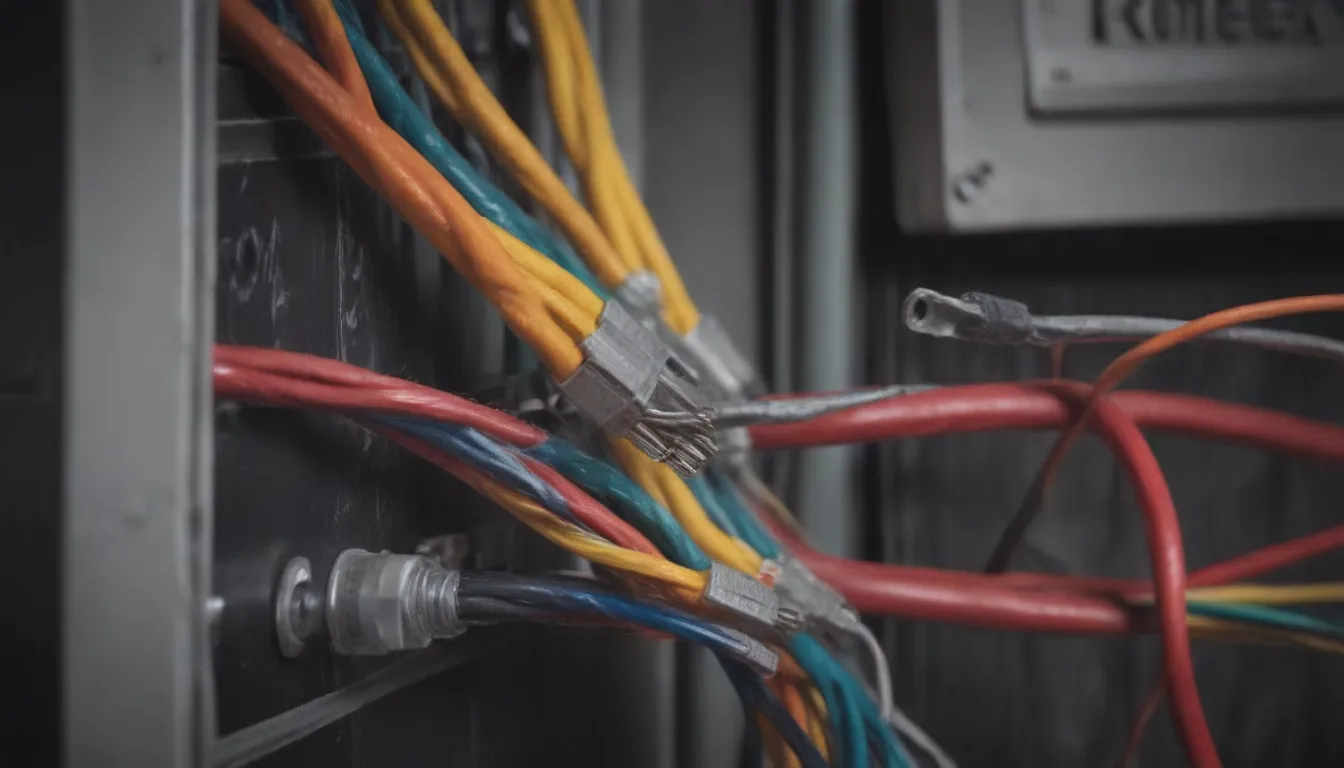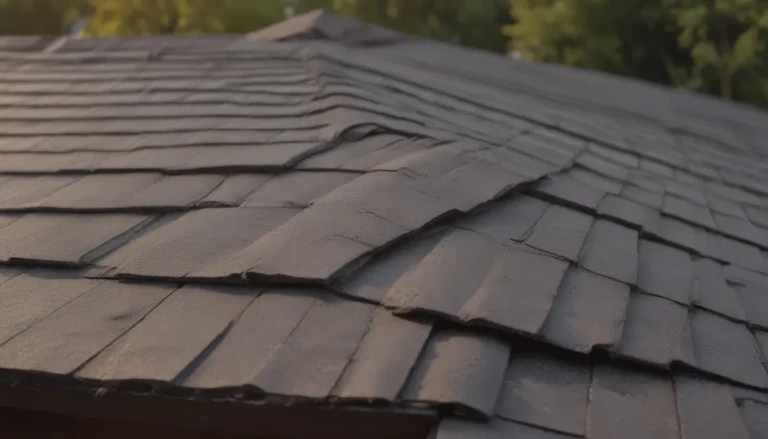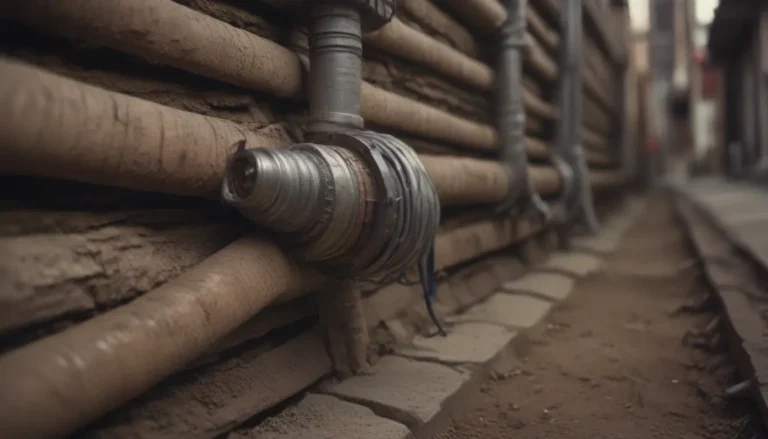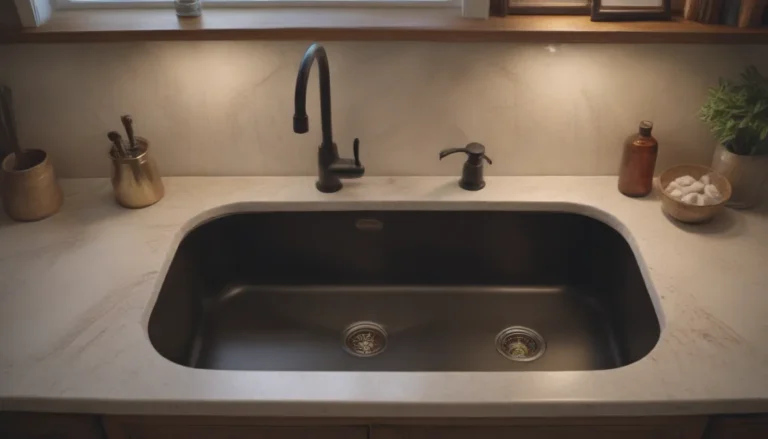Best Practices for Securing NM (Romex) Cable to a Metal Electrical Box

Are you looking to tackle a wiring project in your home but feeling unsure about how to properly secure NM or Romex cable to a metal electrical box? Look no further! In this comprehensive guide, we will walk you through the necessary steps to ensure your electrical connections are safe and secure.
Why Secure NM (Romex) Cable to a Metal Electrical Box?
Securing NM cable to an electrical box is not only a code requirement but also a crucial safety measure. By properly securing the cable at the point where it enters the box, you can protect the wiring connections inside the box in case the cable is pulled. Additionally, securing the cable prevents it from rubbing against the edge of the box, which could potentially damage the sheathing.
Let’s delve into the step-by-step process of securing NM cable to a metal electrical box.
Removing a Knockout
Before you can secure the NM cable to the box, you’ll need to remove a knockout. Knockouts are the metal discs covering the holes in the sides or back of a metal electrical box. Here’s how you can remove a knockout:
- Locate the knockout where you want to install your cable on the side of the box.
- For knockouts with a straight slot, insert a straight-bladed screwdriver into the slot and twist back and forth until the knockout separates from the box.
- For knockouts without a slot, use a hammer and screwdriver to punch it out. Twist and remove the knockout disc with pliers.
Remember, it’s essential to remove only as many knockouts as needed for the cables entering the box to maintain the box’s protective enclosure.
Securing Cable With Various Clamping Methods
Once the knockout is removed, you can proceed to secure the NM cable to the box using different clamping methods. Here are some common techniques:
Securing Cable With an Internal Clamp
Some metal boxes come equipped with saddle-shaped clamps already mounted inside. If needed, adjust the clamp to the desired location by unscrewing it and moving it. Here’s how to secure the cable with an internal clamp:
- Insert the cable into the knockout.
- Slide the cable under the clamp.
- Tighten the clamp’s screw to secure the cable.
Using a Locknut Cable Clamp
A locknut cable clamp consists of a short, threaded cylinder with a locknut on one end and a saddle-type clamp on the other end. Follow these steps to secure the cable with a locknut cable clamp:
- Insert the threaded end into a knockout hole in the box.
- Thread on the locknut from inside the box and tighten with pliers.
- Insert the cable through the clamp saddle and tighten the screws to secure the cable.
Tip: Orient the clamp so the saddle screws are facing you for easy installation. You can also secure the clamp onto the cable before installing it into the box.
Using Plastic Push-In Connectors
Plastic push-in connectors are a newer option for securing NM cable to a metal box. These connectors snap into the knockout hole and securely hold the cable in place. Follow the manufacturer’s instructions for your specific connector design.
With these clamping methods, you can securely fasten NM cable to a metal electrical box, ensuring a safe and reliable electrical connection.
Tips for Securing Cable Like a Pro
To ensure your wiring installations look polished and professional, here are some additional tips to keep in mind:
- Follow the guidelines outlined in the 2020 National Electrical Code for proper wiring practices.
- Use appropriate tools, such as screwdrivers, pliers, and hammers, to remove knockouts and secure cables.
- Double-check that cables are securely fastened and not at risk of loosening over time.
- Seek advice from a licensed electrician if you encounter any challenges during the installation process.
By following these best practices, you can confidently secure NM cable to a metal electrical box and complete your wiring project with ease.
In conclusion, securing NM (Romex) cable to a metal electrical box is a fundamental step in ensuring the safety and reliability of your electrical connections. By understanding the various clamping methods and following best practices, you can confidently tackle wiring projects in your home. Remember to prioritize safety and accuracy when working with electrical systems, and always consult a professional if needed.
National Fire Protection Association Disclaimer: The information provided in this article is based on the guidelines set forth in the National Electrical Code. It is essential to adhere to these standards to maintain safety and compliance in electrical installations.





